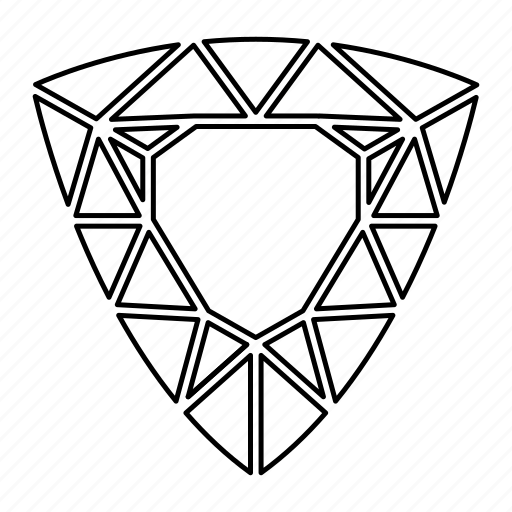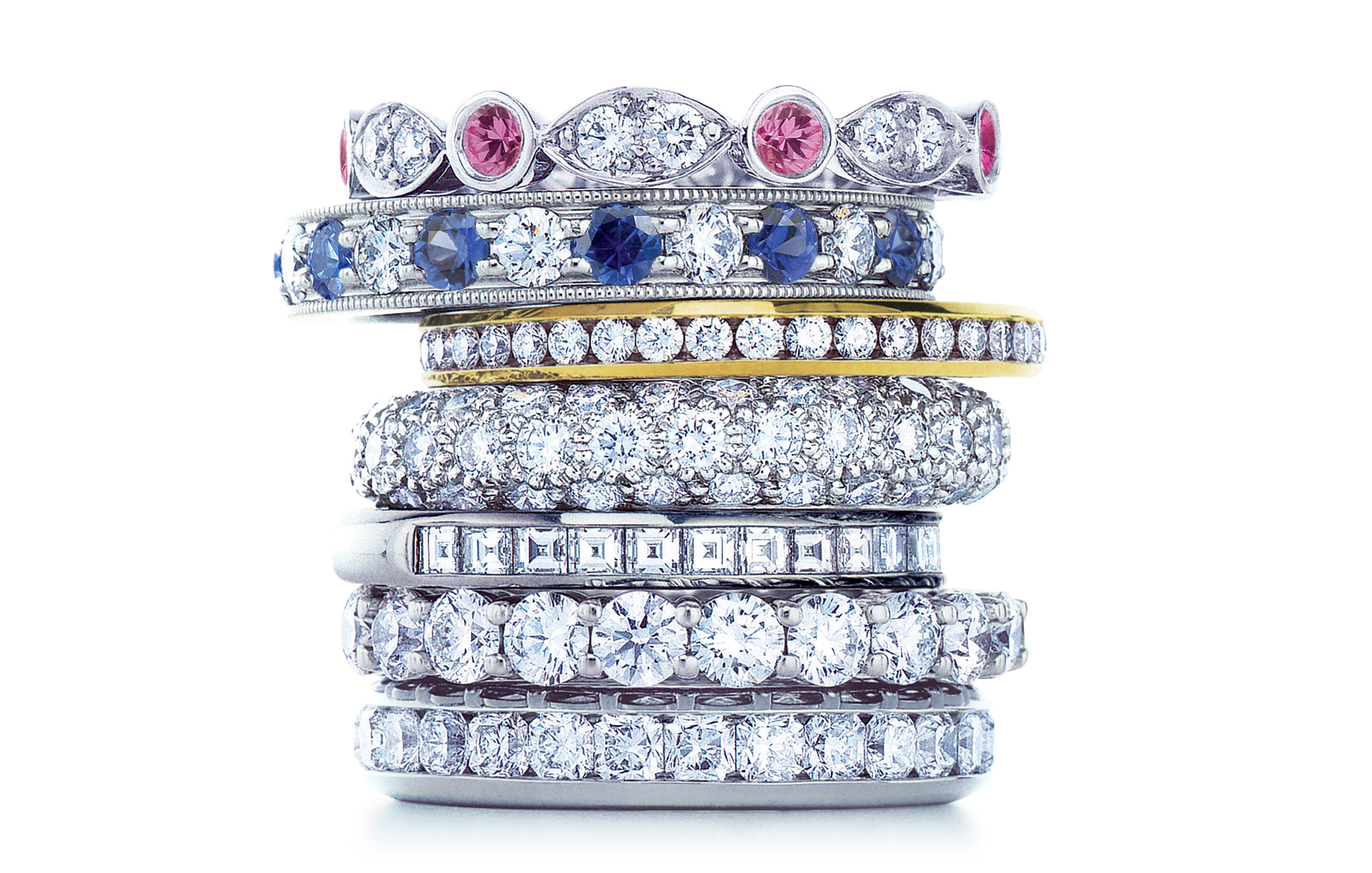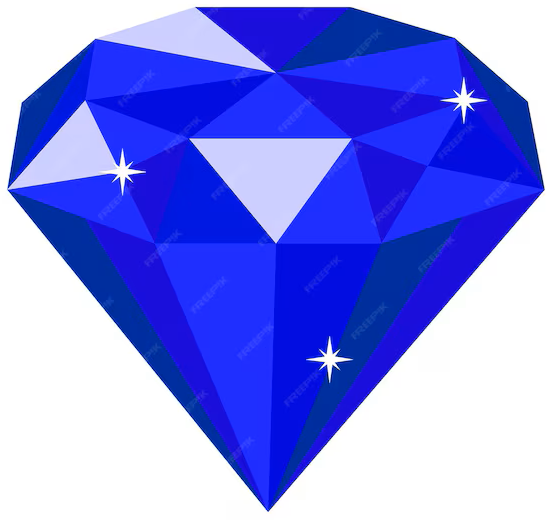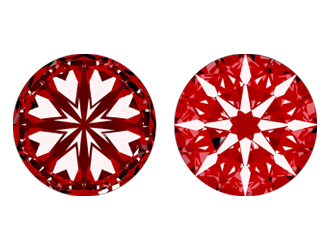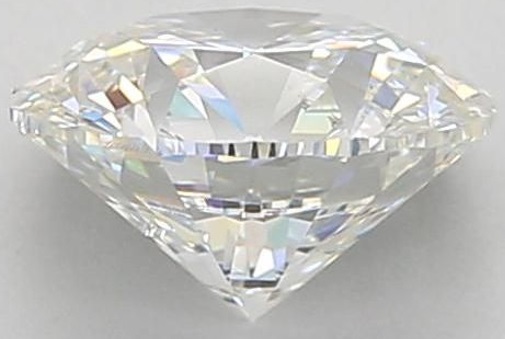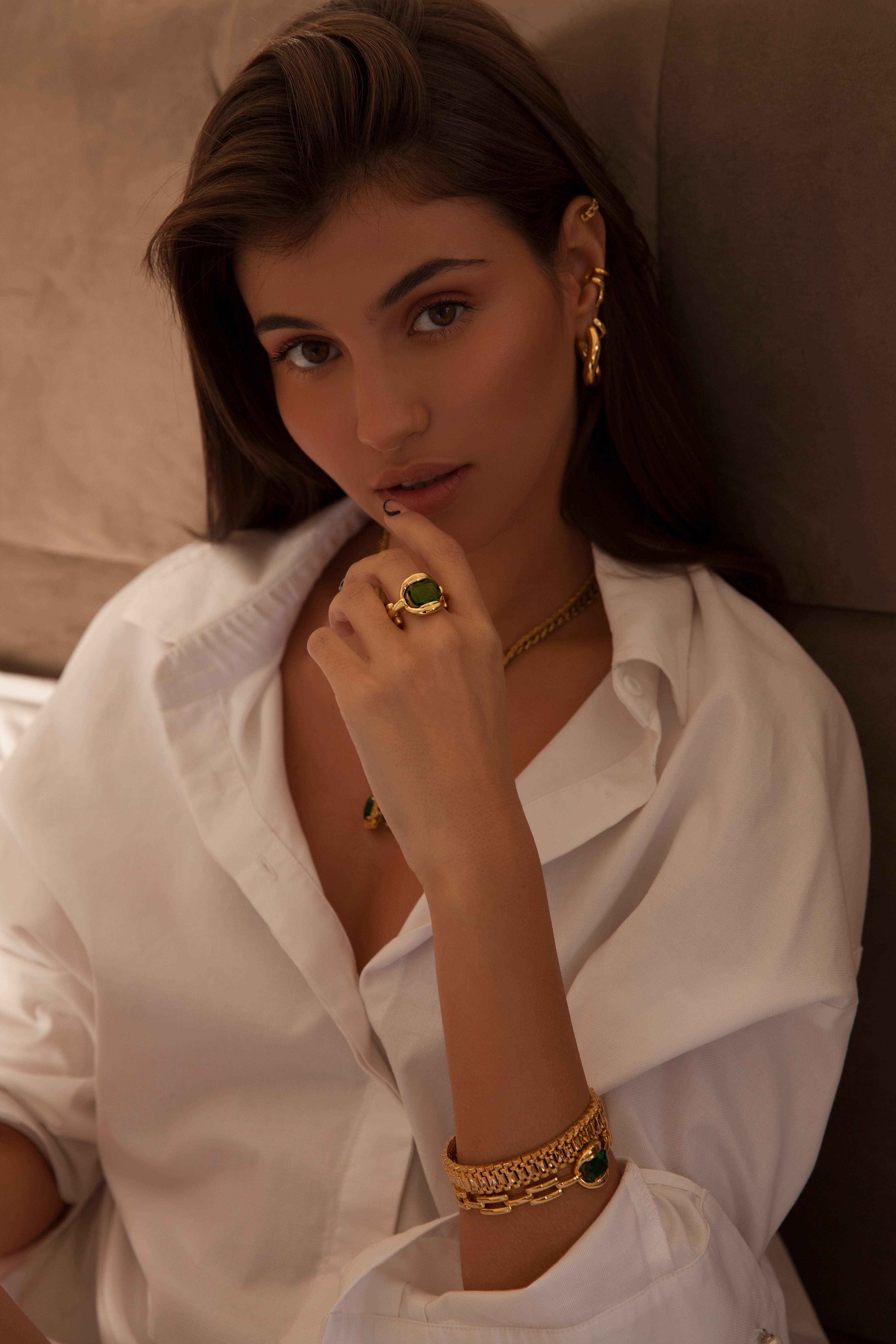
Lifetime Warranty

Hassle Free Returns

Free Resizing

Conflict Free Diamonds
Top Questions and Answers Color Diamonds
Diamond fluorescence is caused by the presence of trace elements like nitrogen in the crystal lattice. whilst exposed to ultraviolet (UV) light, those impurities absorb energy and re-emit it in seen light, creating a fluorescence effect. exceptional diamonds showcase varying ranges of fluorescence, with blue being the maximum not unusual color.
It depends. while there's no fluorescence, the more costly diamonds (large and high color, believe D-E-F) are considerably greater valuable. but, for most different diamonds, specially those with Faint fluorescence, this phenomena has little influence at the diamond's visible look.
Fluorescence has no high-quality or negative connotations. but, the influence of fluorescence on the shade of a diamond stays a contentious trouble.
Fluorescence, in most situations, is simply an figuring out property in preference to a overall performance first-rate, and is consequently NEITHER excellent NOR bad. In uncommon situations, excessive or extraordinarily strong fluorescence can cloud a diamond, decreasing its clarity and eye enchantment.
simplest round 25% to 35% of diamonds show fluorescence in response to long-wave UV radiation.
The phenomenon of diamond fluorescence refers to the emission of visible light by using a diamond whilst it is uncovered to ultraviolet (UV) mild, which include that produced through a black mild. The mild emitted for the duration of diamond fluorescence is normally blue in colour. The intensity of fluorescence can range depending on the unique diamond and its fluorescence residences.
If lines of the mineral boron are gift in the ground all through the crystallization procedure, a diamond will turn luminous.
Fluorescence can also make diamonds of I-M hue appearance up to 1 grade whiter for the reason that fluorescent mild is generally blue (the complimentary shade to yellow). As a result, I-M diamonds with Medium to Very robust fluorescence have a tendency to change at a modest top class.
Florescence is due to the interaction of a light's energy with the atoms in a diamond and reasons diamonds to shine in ultraviolet light (that is located in sunlight). Blue is the most everyday fluorescence color.
The depth of a colorful glow (typically blue) seen whilst a diamond is uncovered to UV light is referred to as diamond fluorescence. Diamonds with extreme fluorescence might also seem milky and useless in daytime in a few conditions, however in most instances, the arrival of a diamond with sturdy fluorescence is not often impacted.
The fluorescence size for diamonds ranges from "n1" to "very robust," with grades in between including faint, medium, and robust. However, whether or not fluorescence is "higher" depends on non-public desire and the particular diamond. In a few instances, faint to medium fluorescence could make a diamond seem whiter, in particular in decrease Color grades. but, strong fluorescence might also from time to time reason a hazy or milky appearance, especially in diamonds with better colour grades.
Diamond fluorescence is the seen moderate emitted by using manner of a diamond while it's far exposed to ultraviolet (UV) mild. while the fluorescence of a diamond can range intensive and color, it generally seems as a gentle glow or shade.
Diamond fluorescence refers back to the glow or shade emitted with the aid of a few diamonds when uncovered to ultraviolet (UV) mild. This phenomenon can vary from none (no fluorescence) to sturdy fluorescence, and it generally appears as a blue glow, although different hues like yellow or inexperienced also are feasible.
Diamonds within the D to H color variety with bluish fluorescence are often seemed less appealing inside the trade than comparable grade diamonds without fluorescence, for the reason that some people sense that bluish fluorescence reasons diamonds to seem hazy or greasy.
The depth of a colorful glow (commonly blue) seen whilst a diamond is uncovered to UV mild is called diamond fluorescence. Diamonds with intense fluorescence may additionally seem milky and useless in daylight in some conditions, but in maximum cases, the advent of a diamond with sturdy fluorescence is not often impacted.
The fluorescence scale for diamonds ranges from "none" to "very robust," with grades in between including faint, medium, and robust. However, whether or not fluorescence is "higher" depends on non-public desire and the particular diamond. In a few instances, faint to medium fluorescence could make a diamond seem whiter, in particular in decrease color grades. but, strong fluorescence might also from time to time reason a hazy or milky appearance, especially in diamonds with better colour grades.
Diamond fluorescence can decorate a diamond's look by means of causing it to emit a gentle glow while exposed to ultraviolet mild. In daytime or ordinary lights situations, fluorescence is typically not great, however underneath UV mild, it is able to create a diffused blue or white luminescence.
Diamond fluorescence is a rather commonplace feature, with around 30% of diamonds showing a few degree of fluorescence while exposed to ultraviolet light. it's far often described as blue fluorescence, however different hues like yellow can also arise.
Diamonds can showcase fluorescence beneath ultraviolet mild. The maximum common fluorescence colorations are blue, yellow, and white. Blue fluorescence is often desired as it could enhance the diamond's look, making it seem brighter. however, immoderate fluorescence, specially in blue, can also every now and then lead to a milky or hazy impact in a few diamonds, affecting their cost.
Diamond fluorescence is a strong feature that doesn't alternate through the years. Fluorescence is an inherent property of a diamond, generally resulting from hint elements. once a diamond is shaped, its fluorescence stays constant and isn't influenced by way of outside factors or the passage of time.
Diamond fluorescence can effect a diamond's cost. In some instances, faint fluorescence may additionally beautify the stone's appearance, making it seem whiter. but, sturdy fluorescence would possibly reason a hazy or milky look, probably reducing cost.
Fluorescence is frequently seen to the bare eye. whilst certain substances soak up light at one wavelength and reemit it at an extended wavelength, creating visible mild, it effects in fluorescence. commonplace examples include fluorescent dyes, minerals, and certain organic molecules.
Diamond fluorescence is graded on a scale starting from "None" to "Very robust." This evaluation is based on the intensity of the fluorescence whilst uncovered to ultraviolet light. The grades include: None, Faint, Medium, robust, and very strong. whilst fluorescence is a natural phenomenon in diamonds, it is able to have an effect on the stone's appearance.
The Gemological Institute of the us (GIA) recognizes diamond fluorescence as a herbal incidence and evaluates it as part of their grading manner. They provide records on fluorescence intensity and colour of their diamond grading reports.
Diamonds without fluorescence do exist. Fluorescence is a herbal phenomenon in a few diamonds where they emit a soft glow below ultraviolet mild. but, many diamonds don't have any fluorescence, and it's a remember of personal preference whether one prefers a diamond without or with this feature.
Diamond fluorescence can't be more desirable or eliminated through outside remedies. Fluorescence is a natural feature caused by the presence of certain factors throughout diamond formation. It's widely considered a completely unique function and isn't always normally altered.
fluorescence in a diamond can impact its fee negatively due to the fact it may purpose the stone to appear hazy or milky in certain lights conditions. this can have an effect on the diamond's typical brilliance and transparency. Diamonds with sturdy fluorescence are often priced lower than people with little to no fluorescence, because the latter are considered more acceptable within the earrings market.
Diamond fluorescence can beautify a stone's appearance by emitting a tender glow under ultraviolet mild, masking moderate yellowish tints. this can make diamonds with lower coloration grades appear whiter and greater attractive. additionally, fluorescence may additionally provide value financial savings, as stones with fluorescence are frequently priced decrease than non-fluorescent ones
Fluorescence is generally found in specific lights situations, including ultraviolet (UV) or blue light, which excites fluorescent molecules to emit seen mild. In everyday lighting situations, fluorescence may not be readily apparent, because the vital excitation wavelength is often absent.
Blue fluorescence in diamonds refers back to the emission of blue light while exposed to ultraviolet (UV) mild, which can decorate the stone's look. it is normally considered favorable and might make a diamond seem whiter. however, yellow fluorescence can provide a yellowish tint to diamonds below UV mild, doubtlessly diminishing their perceived colour great.
UV mild can excite sure impurities or structural defects in diamonds, causing them to emit seen mild, a phenomenon called fluorescence. Diamonds with sturdy fluorescence can also appear to have a hazy or milky appearance in daylight, affecting their perceived pleasantness.
Fluorescence is more substantive in low-mild situations or beneath ultraviolet (UV) light, in which its emission stands out towards a darker historical past. In subdued lighting, together with in dimly lit rooms or middle of the night settings, fluorescence tends to be greater apparent. moreover, precise wavelengths of UV light can decorate fluorescence, making it extra shiny and without problems observable.
Fluorescence in diamonds can range from negligible to strong, or even the colour emitted under ultraviolet light can differ. The intensity is categorised as none, faint, medium, strong, or very strong. The effect of fluorescence on a diamond's look is subjective, and a few human beings may also decide upon or dislike the impact primarily based on personal flavor.
Fluorescence in diamonds can create a cloudy or hazy look under sure conditions. whilst uncovered to ultraviolet light, a few diamonds with fluorescence may emit a visible glow, overlaying their brilliance and readability. This impact is greater major in higher fluorescence grades. but, fluorescence itself doesn't constantly detract from a diamond's beauty, as it is able to enhance the stone's look in herbal light.
















